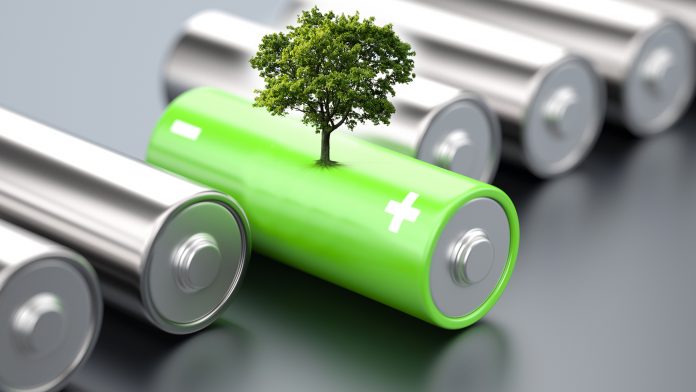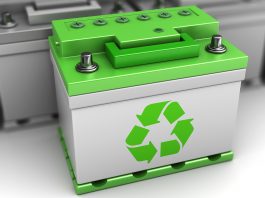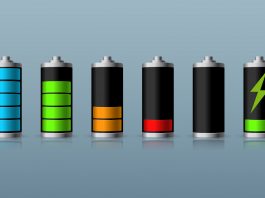Researchers at the Laboratory of Organic Electronics, Linköping University, have created an organic redox flow battery, with a large capacity to store energy from wind turbines and solar cells.
Redox flow batteries are stationary batteries which store energy in the electrolyte, outside of the cell itself. Many researchers suggest that it may be possible to recharge them an unlimited number of times.
Mikhail Vagin, principal research engineer, and his colleagues at the Laboratory of Organic Electronics have created electrodes of organic material to increase the energy density of the battery without the use of vanadium. The team also produced a water-based electrolyte for redox flow batteries, making them safer.
The group used the conducting polymer PEDOT for the electrodes, which they have doped to transport either positive ions (cations) or negative ions (anions). The water-based electrolyte they have developed consists of a solution of quinone molecules, which can be extracted from forest-based materials.
Viktor Gueskine, principal research engineer in the Laboratory of Organic Electronics, said: “Quinones can be derived from wood, but here we have used the same molecule, together with different variants of the conducting polymer PEDOT. It turns out that they are highly compatible with each other, which is like a gift from the natural world.”
The high compatibility means that the PEDOT electrodes help the quinone molecules switch between their oxidised and reduced states, and in this way create a flow of protons and electrons.
Vagin said: “It is normally difficult to control the ion process, but we have managed it here. We also use a fundamental phenomenon within electrocatalysis in which one special ion in solution, in this case quinone ions, is converted to electricity.
“The phenomenon is conceptualised by us as ion-selective electrocatalysis, and probably exists in other types of membrane storage devices such as batteries, fuel cells and supercapacitors. This effect has never previously been discussed. We showed it for the first time in redox flow batteries.”









